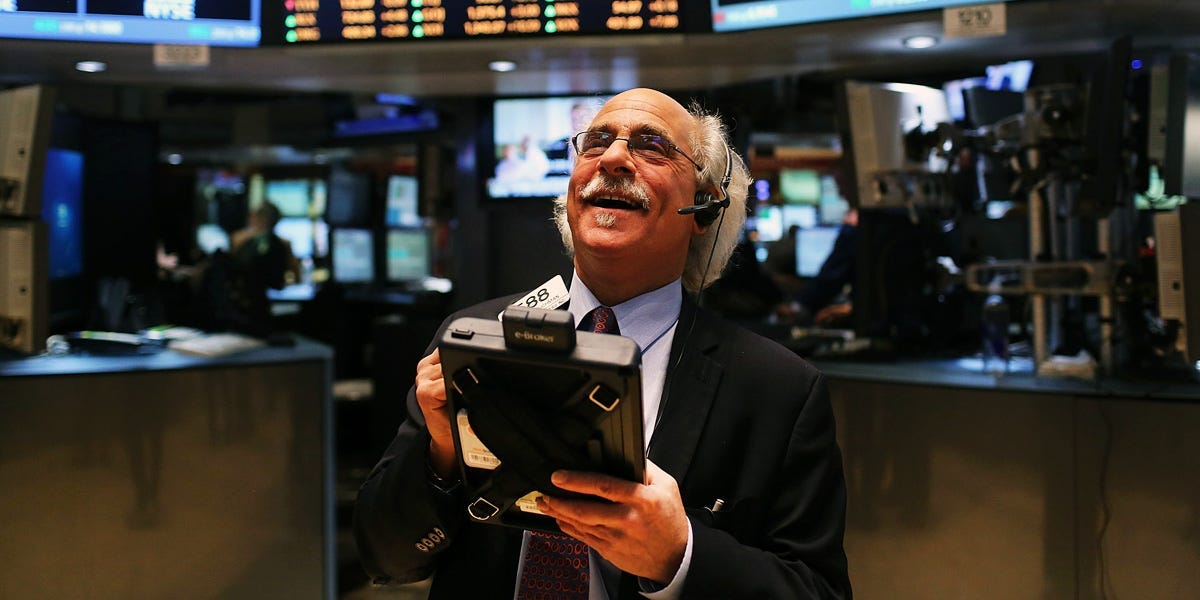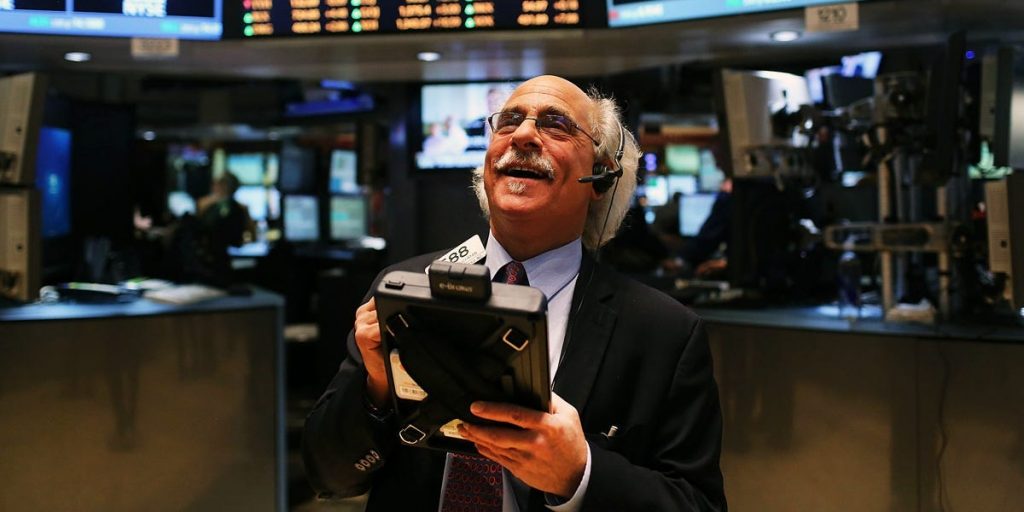
- Despite ongoing risks faced by the stock market, an economic 'hat trick' could power new highs into year-end, according to Jim Paulsen of The Leuthold Group.
- Paulsen pointed to a likely rebound in Citi's economic surprise index that could help drive higher stock prices.
- "When the hat trick was in place, the S&P 500 experienced a positive total return 91% of the time," Paulsen explained.
- Sign up here for our daily newsletter, 10 Things Before the Opening Bell.
An economic "hat trick" could power the stock market to more record highs into year-end, according to Jim Paulsen of The Leuthold Group.
In a Tuesday note, Paulsen outlined a number of risks that could induce a stock market correction at any time, including rising COVID-19 cases, taper talk from the Fed, and ongoing evidence of supply shortages and rising inflation.
But after months of better-than-expected earnings reports and economic data, the Citi economic surprise index has plummeted, meaning new economic data is beginning to not meet analyst expectations.
"During the last month, economic reports have disappointed and forced investors to finally lower expectations, which has, in turn, brought selling pressure to the overall stock market, particularly its most economically sensitive areas," Paulsen explained, adding that even though the broader indexes are trading at record highs, small cap and cyclical stocks are not.
But if COVID-19 cases peak sooner than later, economic growth should begin to improve and force investor expectations higher, according to the note. Further, a weaker US dollar and further inflation could produce another bump higher for commodity prices.
A rebound in economic surprises, a weakening US dollar, and rising commodity prices represents the trifecta of an economic hat trick that could power stock prices higher, according to Paulsen.
"Since its 2003 inception, whenever the Citi economic surprise index rose over a four-month period in tandem with a declining dollar and increase in commodity prices, the S&P 500 produced a forward 20-week average annualized total return of 31.1% compared to only 8.3% when the three hat-trick dynamics were absent," Paulsen said.
Not only could the upside potential be significant, but downside price movements have been limited amid an ongoing economic hat trick, with stocks being higher 91% of the time.
"Conditions for an unexpected economic 'hat trick' look promising, and if it strikes, stock investors do not want to miss it!" Paulsen concluded.
